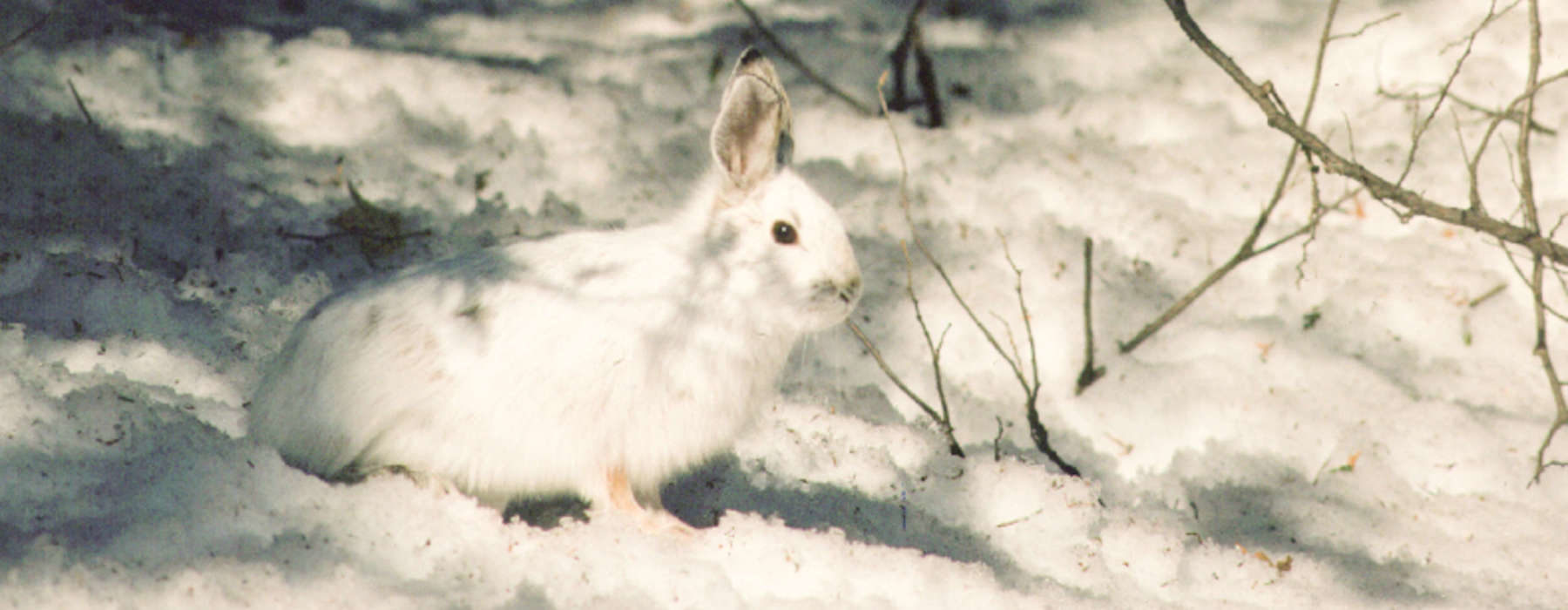The Vermont Fish and Wildlife Department says a disease affecting rabbits and hares previously found in western states may be moving eastward. Rabbit hemorrhagic disease (RHDV2) is a virus known to be extremely lethal to wild and domestic rabbits, including cottontail rabbits and snowshoe hares.
RHDV2 was first found in New Mexico in 2010, but it has spread rapidly to other western states (https://www.aphis.usda.gov/aphis/maps/animal-health/rhd), and a case involving a domestic rabbit was reported in Florida in late 2020.
Infection with the virus usually results in the quick death of a rabbit, often in only a few days. The virus is transmitted through direct contact between wild rabbits, domestic rabbits, or between wild and domestic rabbits. It is also easily spread indirectly through contact with dead infected rabbits, infected food and water supplies, personal clothing, and domestic rabbit cages.
The virus withstands environmental stresses such as heat, cold, wet, or drought conditions and it can live in the environment for months. Rabbits infected with the virus may have blood from body openings, appear listless or lethargic, and they usually die within a few days. The disease does not affect other wildlife, dogs, cats, or humans.
The likely path of this virus coming to Vermont is through importation of a domestic rabbit, imported rabbit products, or by people coming back to Vermont from states that have the RHDV2 virus.
“We are cooperating with the Vermont Agency of Agriculture, which regulates the domestic rabbit trade in the state, to raise awareness of this disease and minimize the likelihood of introduction of the virus into Vermont’s rabbit populations,” said Vermont Fish and Wildlife Commissioner Louis Porter.
Here is what you can do to prevent the virus from getting to Vermont:
- If you own pet rabbits, do not let their food or droppings be exposed to wild rabbits. Keep their quarters clean and use approved disinfectants for the RHDV2 virus or a 10 percent bleach solution regularly. Do not release domestic rabbits into the wild.
- Wildlife rehabilitators should not let wild rabbits in their care come into contact with domestic rabbits or their cages, food dishes, or any other domestic rabbit items. All rabbit equipment including cages, food and water dishes, and other materials should be cleaned with a disinfectant approved by the EPA for RHDV2 virus (https://www.epa.gov/pesticide-registration/list-o-disinfectants-use-against-rabbit-hemorrhagic-disease-virus-rhdv2).
- If you find a dead rabbit in the wild, do not touch it. If you see more than one dead rabbit report it to the Vermont Fish and Wildlife Department.
- Hunters should not handle wild rabbits after harvesting without wearing nitrile gloves. Dispose of the gloves, carcass remains and entrails in plastic bags using appropriate sanitation methods or by burying in the ground at least two feet deep. Wash hands, hunting equipment and clothing thoroughly after cleaning game. If hunters are hunting rabbits in other states do not bring those harvested rabbits into Vermont.
- Report unusual wild rabbit mortalities or unusual rabbit behavior to Vermont Fish and Wildlife.
- Add your sightings of Snowshoe Hares and Cottontail Rabbits to the Vermont Atlas of Life on iNaturalist and help us track them.
View a map of hare and rabbit reports at the Vermont Atlas of Life on iNaturalist.







